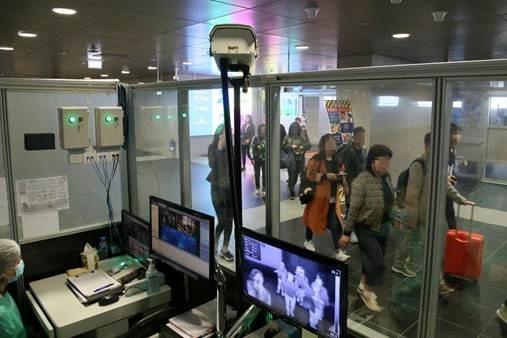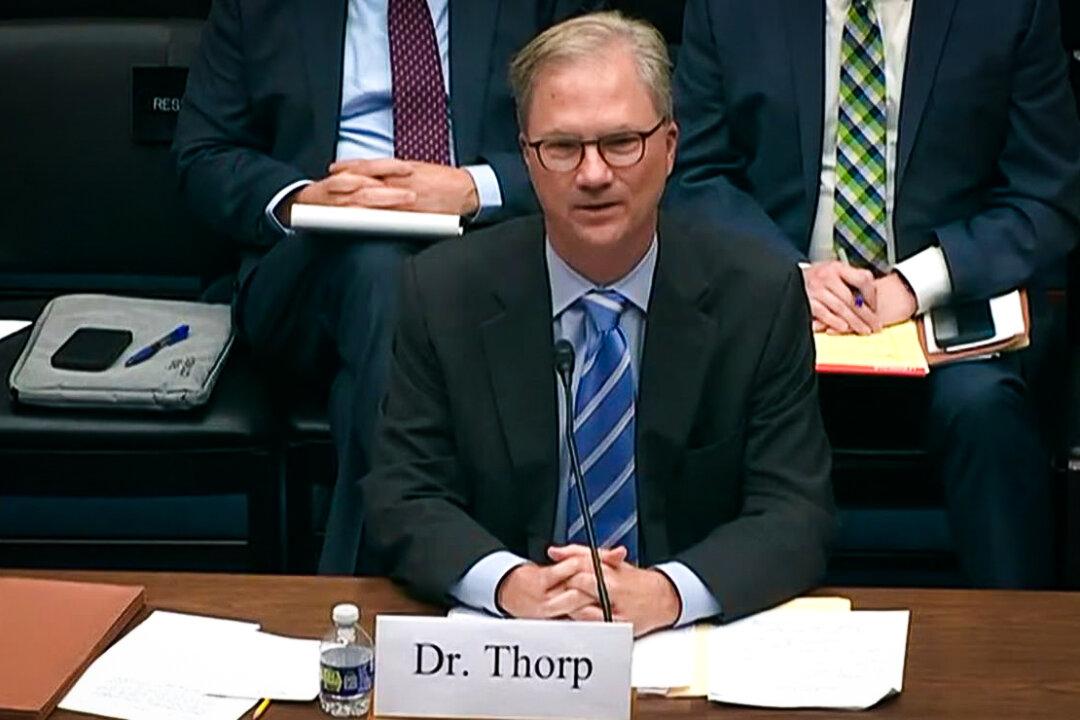Wuhan city authorities in charge of responding to the new coronavirus outbreak announced they are quarantining the city in order to contain the disease’s spread, shutting down the airport and all public transit there.
The deadly coronavirus has spread to five countries, in addition to Macau and Hong Kong as of Wednesday. The vast majority of the cases are in China where scores of people have been infected and over a dozen have died.
Chinese authorities said that starting at 10 a.m. on Jan. 23, public transportation, including the subway and ferries, would be suspended.
“Unless there is a special reason, citizens should not leave Wuhan City,” the Wuhan municipal government said in a statement, a state-run media outlet reported.
“Airports and train stations that can be used to leave the city will be temporarily closed. The closures will continue until further announcement.”

Common signs include respiratory symptoms, fever, and shortness of breath. Severe cases can cause pneumonia, severe acute respiratory syndrome, kidney failure, and even death.
The coronavirus first broke out in Wuhan. It currently has no vaccine and can spread human to human, prompting fears of it spreading even wider.

The CDC started screening passengers from Wuhan at five U.S. airports.
The novel coronavirus is known officially as 2019-nCoV. The first person outside of China with the virus was a 61-year-old Chinese woman from Wuhan who traveled to Thailand on Jan. 8, three days after developing a fever with chills, a sore throat, and a headache, the World Health Organization said on Jan. 14. Cases were detected since then in the United States, Japan, and South Korea, and Taiwan.






Friends Read Free